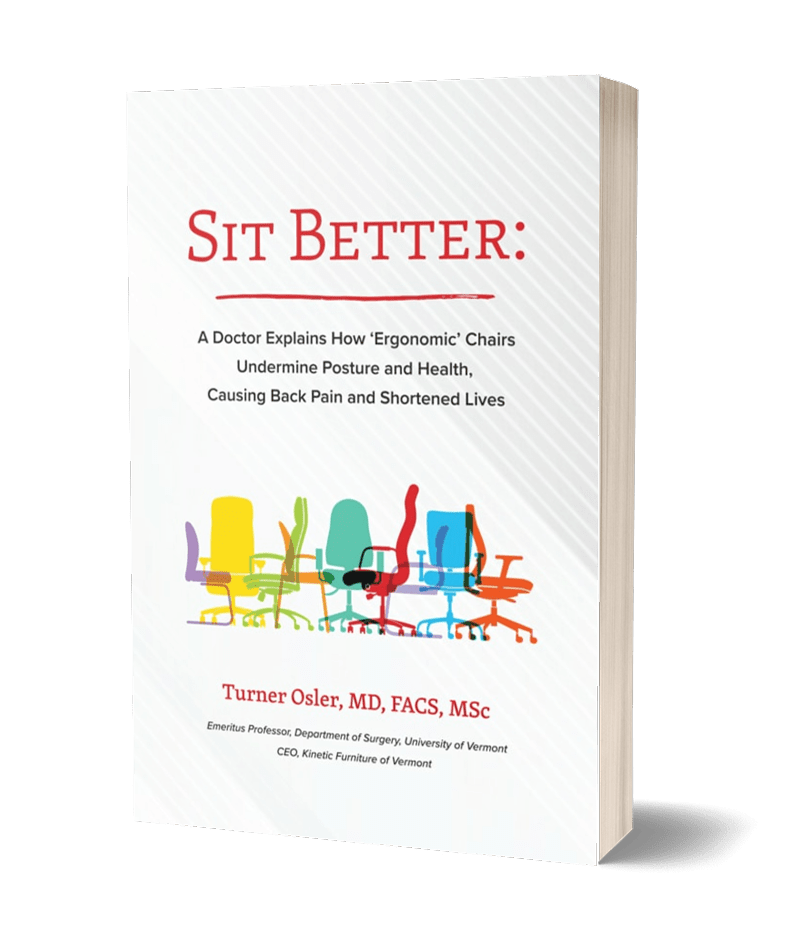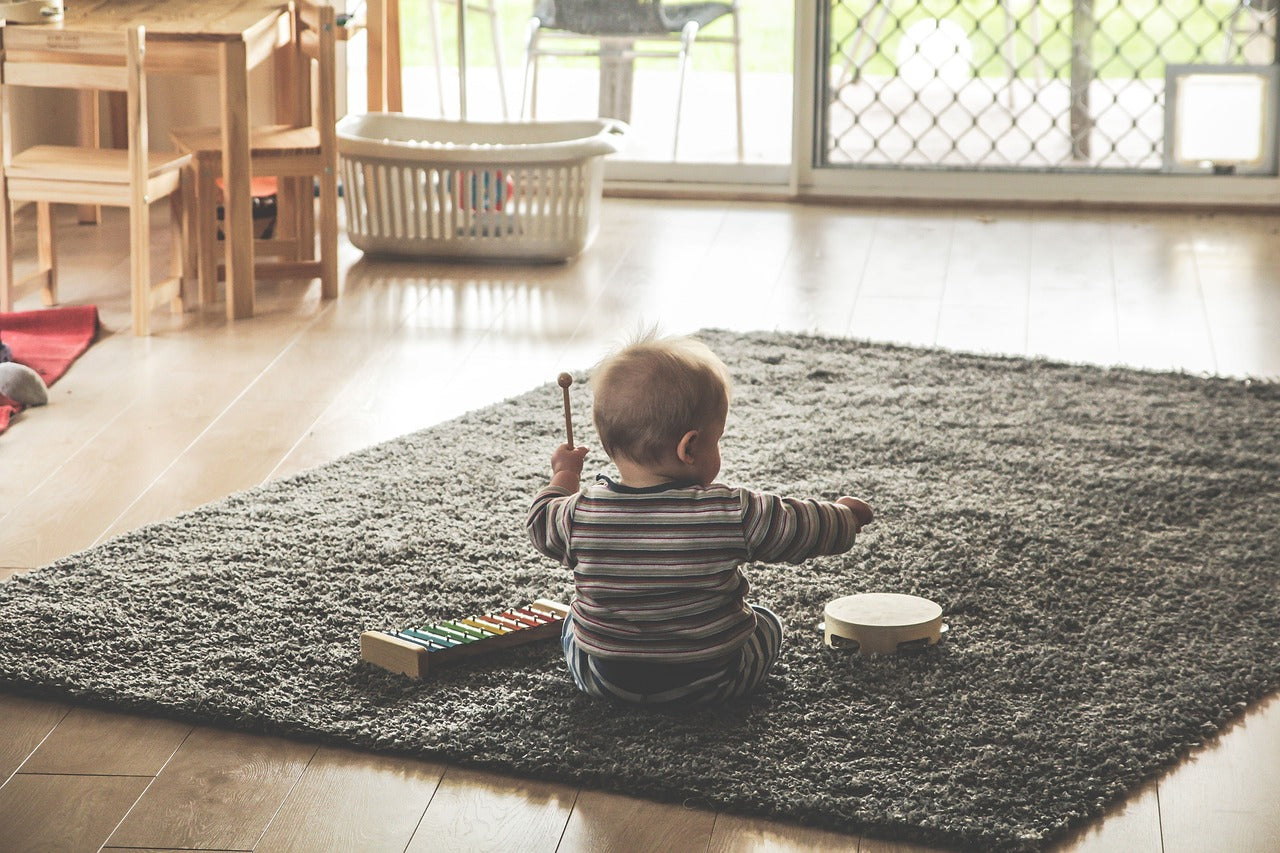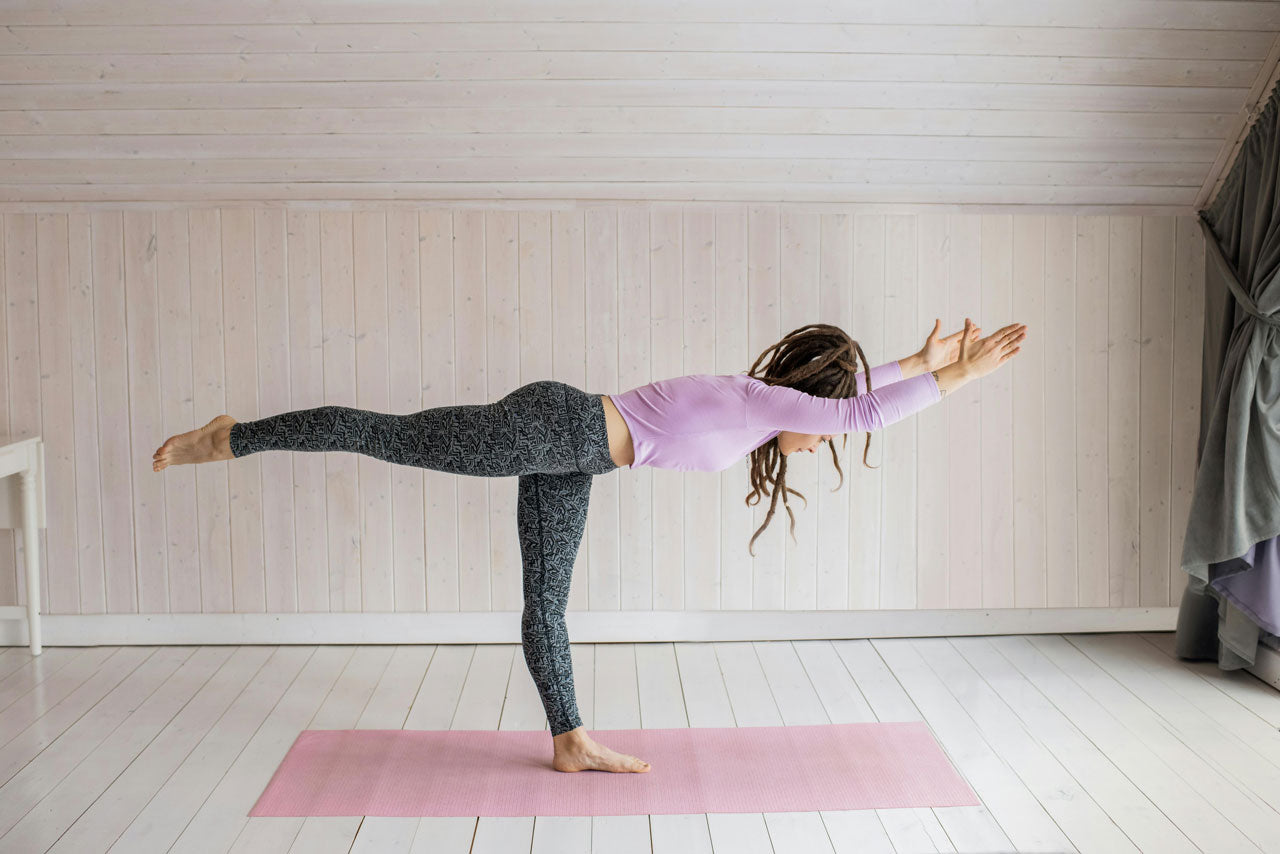Causes of Back Pain
Types of Back Pain: Acute, Subacute, and Chronic
Low back pain is the mysterious, nearly ubiquitous human experience in the Western world which remains incomprehensible to medical researchers. We physicians not only don’t know what’s causing the pain, we don’t even know what structure(s) in the back are actually doing the hurting! This extraordinary admission of failure by the medical community is detailed in a 2018 article in one of the premier medical journals (The Lancet).
Not surprisingly, the failure of the medical establishment to effectively diagnose and treat low back pain has led to an explosion of alternative medicine solutions. Unfortunately, the success rate of alternative medical solutions is no better than standard medical treatment.
Common Causes of Back Pain: Injuries, Posture, and More
While we don’t understand the structures or the physiology of what’s going on with back pain, we do have some clues. For example back pain is largely unknown in cultures that still have alternatives to the standard Western chair. In the third world other sitting postures are available, and seem to protect against back pain. And in Japan where traditional postures such as seiza (kneeling) and squatting are still common back pain is almost unknown. These observations provide strong, although circumstantial, evidence that it’s our Western chairs that are the root cause of our back pain epidemic.
This chair is phenomenal. I’ve had back pain for 3 years and MRI said it was from spinal stenosis and I might need surgery. I’ve had PT for 3 years and the best I got was temporary relief. I’ve done yoga and weightlifting and everything to help. My work entails sitting for 8 hours or more a day and even standing was hard to alternate with sitting and I looked crippled when I first stood up. I used this chair the last two days and amazingly the pain is gone. I walk better and straight and can stand easily using my standing desk. It is wonderful!
I love this chair! I have been using it for about two weeks. I work at my desk 40-45 hours per week. It did not require a long break-in period for me. I have had injuries to my lower back and it feels great to stretch this area all day. I don’t have as much stiffness in general. I originally ordered the tall option, but it was too tall for my desk. I sent an email and the shorter pump was sent out at no charge. Great customer service!
I can’t say enough good things about the Ariel 2.0. I got the leather seat and added wheels to my order. I have arthritis in my left hip and seem to have pain when walking most of the time. This chair is a miracle! While I still expect to have hip replacement surgery eventually, this chair has made my getting up off the chair and walking easy by simply changing the way I sit. If you are hesitant, like I was, about getting one because of the price, it is worth every penny and then some. Just get it!
The cost of this chair was a very small price to pay for the hope that some of my back pain would be relieved. I have found this chair to be very useful for me. I can feel that I sit with much better posture. I also feel that my core is getting stronger. The other interesting side effect is that it is hard for me to sit for hours in this chair. I think that is good, because it reminds me that maybe I have just been sitting to long and need to get up and move around. The chair is of very high quality and the videos and support from the team are fantastic. So glad I bought this chair.
I received the Ariel 1 about two weeks ago and have been using it since with great success. To put this in perspective, I am 81 years old, in good physical condition as I used to practice Feldenkrais for about ten years, but have been experiencing SI-joint pain when seated as I write at the computer 6-10 hours a day. Using the chair has alleviated my discomfort – during the day at least.
This is the second chair I’ve ordered. We live part of the year in the UK and after my back started acting up there, I decided to order a second chair. While shipping was expensive (about $165), the chair arrived very quickly I was glad to have the option. My back has now recovered, which I attribute in large part to the chair. The chair does a good job of working my back muscles, spine and pelvis/hips, allowing me a much greater range of motion and mobility, all of which I’ve found very helpful for my back.
Preventing Back Pain: Tips for a Healthier Back
Exactly how standard Western chairs cause mischief isn’t also isn’t well understood, but again, there are clues. For example, physical anthropologists have found that an actual, measurable, change in tibial anatomy (retroversion) increased as chairs replaced squatting posture in the Western world after the Middle Ages. It may seem extraordinary that the advent of the Western chair could actually change human anatomy, but consider this: we humans now spend an average of 11 hours each day sitting, in intimate contact with an immobile object. Is it surprising that the organic human form adapts to, and is shaped by, the inflexible surface that Western chairs present to our backs and bottoms?
Can changing our chairs solve back pain?
Because the mechanism of low back pain is so poorly understood, there is no obvious solution to the epidemic of back pain that has engulfed the Western chair centric world. But, if we think that having our individual anatomy distorted by decades of all day contact with inflexible chairs, one solution might simply be to stop sitting. Unfortunately, this solution isn’t available to most of us. Chairs are now designed into our lives: we sit while driving, at meals, at work, at play, at… well, you get the idea.
A more practical solution might be to change the way we sit: rather than sitting passively, adopting the posture imposed by our Western chairs, we could sit actively, constantly changing our posture to match our anatomic needs and the requirements of the task at hand. Chairs that promote active sitting have become available in the last decade, and are becoming more affordable.
Unfortunately, active sitting is such a recent innovation that little research is available to support the expectation that active sitting will improve back pain. But there are plausible mechanisms by which active sitting might help: active chairs not only improve posture but also contribute to core strength and balance. By improving overall “back hygiene” we might hope to reduce, and perhaps eliminate, back pain. Indeed, the idea of “back hygiene” underlies an initiative by the Frode Skretting and the Norwegian government to provide active chairs to grade schools, on the theory that children who develop good postural habits will develop lifetime protection against back pain.
Until peer-reviewed research is published, we must rely on anecdotal reports of the association of active sitting with improved back pain. Reports such as this one: “I love my active chair; I can’t wait to get to the office in the morning to sit on my chair, because it makes my back feel so good”.

Trapped in an "ergonomic" office chair?
Download Dr. Osler's "Sit Better" and learn how to sit actively on an 'ergonomic' chair designed for passive sitting.
There are many reasons to switch to a QOR360 chair. Here are three.

MD DESIGNED
With decades of experience as a physician and researcher, Dr. Osler’s quest for a healthier way to sit led him to develop a better chair.

IMPROVES POSTURE
Active sitting improves posture and strengthens core muscles which can relieve back pain from prolonged sitting.

TRY FOR 60 DAYS
Enjoy a 60 day trial period to fully experience our chairs. If active sitting isn’t for you, just send us back the chair for a full refund – completely hassle-free.
Dr. Osler's Blog

Kids, ADHD, and the Science of Sitting
Attention-deficit/hyperactivity disorder (ADHD) is an immense and growing problem for school age children, diminishing their ability to thrive in educational settings that often demand sustained at...

Better Balance For Better Health: an easy test predicts longer life
Balance is essential for health and wellbeing, so it’s concerning to learn that our balance begins to deteriorate precipitously after the age of 60. We humans are the preeminent bipedal species. Ou...

It’s Legit to Fidget: Not only is fidgeting natural, it’s essential for good health
Fidgeting, a natural and essential part of human movement, plays a crucial role in maintaining good health by helping to offload excess calories and promoting energy homeostasis.


